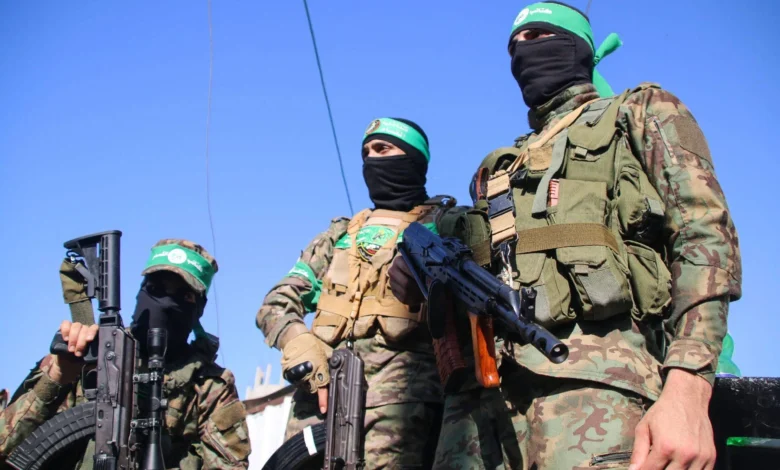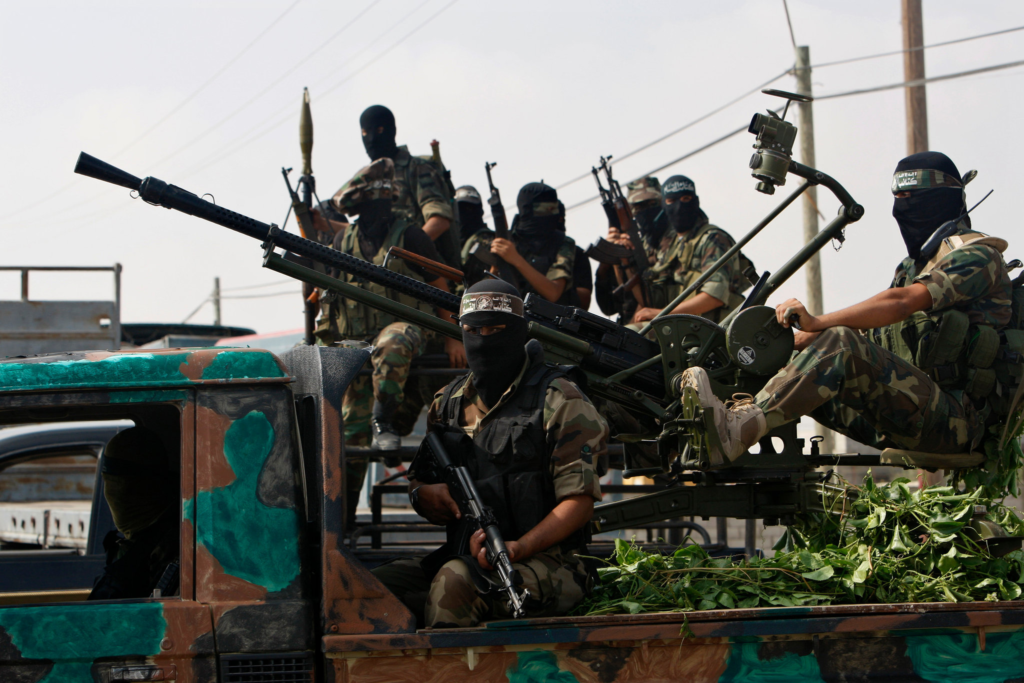Understanding Qassam: History, Impact, and Significance

Introduction to Qassam
The term “Qassam” is often associated with a specific type of rocket that is used primarily in the context of the Israeli-Palestinian conflict. Originating in the late 20th century, these makeshift armaments represent not only a method of warfare but also an embodiment of broader socio-political narratives. The name “Qassam” itself is derived from the Izz ad-Din al-Qassam Brigades, a military wing of Hamas, named after a notable Syrian Islamic leader who was active in the 1930s. This connection illustrates the weapon’s roots in resistance movements and its emblematic status in the struggle for Palestinian autonomy and recognition.
Qassam rockets have gained prominence in contemporary times due to their use in various military confrontations, serving as symbols of defiance against what many perceive as oppression. This weapon represents a shift in the asymmetrical warfare tactics employed by groups such as Hamas, aiming to project power and instill fear across borders. The significance of Qassam extends beyond its immediate military implications; it resonates deeply within the cultural and political landscapes of Palestine, reinforcing the narratives of resistance and resilience. Moreover, Qassam rockets have profoundly impacted international relations, drawing attention to the complexities of Middle Eastern geopolitics and the ongoing humanitarian crises stemming from prolonged conflicts.
Understanding the historical background and socio-political context of Qass.am is crucial for comprehending its contemporary significance. This section sets the foundation for deeper exploration into its implications on various fronts, including military strategy, international law, and local societal dynamics. The multifaceted nature of Qassam illustrates how a simple term can encapsulate vast struggles, collective memories, and the enduring quest for identity and autonomy amidst a backdrop of conflict.
Historical Background of Qassam
The term “Qassam” is primarily associated with a specific type of rocket that has gained notoriety in the context of the Israeli-Palestinian conflict. Its historical roots can be traced back to the late 20th century, emerging from the socio-political upheaval that characterized the region. The development and use of Qassam rockets reflect both the technological ingenuity and the persistent struggles faced by various Palestinian groups, particularly Hamas.
Initially, Qassam rockets were developed in the late 1990s as a response to escalating tensions and conflicts in Gaza. The name “Qassam” honors Izz ad-Din al-Qassam, a prominent figure in Palestinian resistance against colonial and foreign influences during the early 20th century. Al-Qassam was an influential leader who emphasized armed struggle, and after his death in 1935, he became a symbolic figure among Palestinians. This connection underlines the significance of Qassam rockets as both a means of military resistance and a symbol of national pride.

The introduction of Qassam rockets represented a shift in the military capabilities of Palestinian factions. Unlike conventional artillery, these handmade rockets allowed for a new method of asymmetrical warfare, enabling groups like Hamas to exert pressure on Israeli territories. The first notable use of Qassam rockets was during the second Intifada in the early 2000s, which highlighted their impact on the dynamics of the conflict.
Over the years, Qassam rockets have undergone various modifications and improvements in terms of range and payload. Despite their rudimentary construction, they have significantly influenced the strategies employed by both Palestinian groups and the Israeli military. Analyzing the historical development of Qassam sheds light on the broader conflicts in the region and the motivations driving their continuous usage in contemporary warfare contexts.
Qassam’s Current Impact on Society
The Qass.am, primarily recognized as a type of homemade rocket employed by various factions, has had notable repercussions across different communities, particularly in areas persistently affected by conflict. Its presence has not only influenced military engagements but has also permeated the social, economic, and political fabric of these societies. The impact of the Qass.am extends far beyond the immediate threat of violence; it shapes the lives, opinions, and day-to-day realities of affected populations.
Socially, the Qassam has contributed to the creation of a siege mentality within communities. Amid persistent attacks, families are compelled to adopt significant defensive measures, affecting their mobility, education, and overall quality of life. Children, in particular, bear the psychological scars of living in an environment where the threat of a Qassam attack is omnipresent. Schools often adapt their schedules to account for the potential of incoming strikes, leading to disrupted education and long-term impacts on youth development.
Economically, the ramifications of the Qassam are profound. Frequent attacks disrupt local businesses and hinder investment opportunities, leading to increased unemployment and poverty rates. Areas under constant threat find it challenging to attract tourists or new business ventures, further isolating them economically. Conversely, the manufacturing and provision of Qass.am technology have spurred a form of economic activity that, while fraught with moral complexities, offers livelihoods to those involved in its assembly and deployment.
Politically, Qass.am rockets symbolize the ongoing conflict and are often used as rallying points for various factions, influencing public discourse. Supporters of their use argue that they serve as a necessary response to oppression, while opponents view them as instigators of violence that exacerbate an already tumultuous situation. This polarization affects political agendas, shaping local governance, international relations, and humanitarian efforts, thus reflecting broader themes of resistance and sovereignty amidst adversity.
The Future of Qassam: Challenges and Opportunities
The trajectory of Qassam, both as a military tool and a symbol of resistance, faces a complex landscape of challenges and opportunities in the coming years. As regional conflicts persist, particularly in Gaza and surrounding areas, the use of Qass-am rockets continues to generate significant discourse among policymakers, military strategists, and citizens alike. The operational effectiveness of Qass.am, which has evolved through its initial design as a rudimentary projectile to a more sophisticated weapon, remains under consideration for its military implications and socio-political significance.

One of the most pressing challenges is the ongoing cycle of violence that affects the lives of countless individuals. The continuous escalation of hostilities may lead to humanitarian crises, drawing international scrutiny and prompting debates regarding military engagements. Furthermore, the proliferation of Qassam as a weapon could incentivize countermeasures from adversaries, particularly in advanced missile defense systems. As a result, the strategic landscape is likely to witness shifts that may constrain the operational freedom of groups utilizing Qass.am, necessitating further adaptations in tactics and technologies.
On the flip side, opportunities for dialogue and conflict resolution may present themselves, particularly through international actors seeking stability in the region. Initiatives aimed at de-escalating tensions could lead to negotiations that redefine the usage of Qass.am within a broader geopolitical context. Lessons learned from past conflicts may guide future frameworks for peace, emphasizing the importance of incorporating diverse voices in discussions about security and disarmament.
In effect, the future of Qassam hinges on the interplay of continued conflict and the emergence of peace-building efforts. It remains crucial for all stakeholders to reflect on historical precedents while forging a path that recognizes both the challenges posed by such arms and the vital opportunities for lasting peace in the region.



